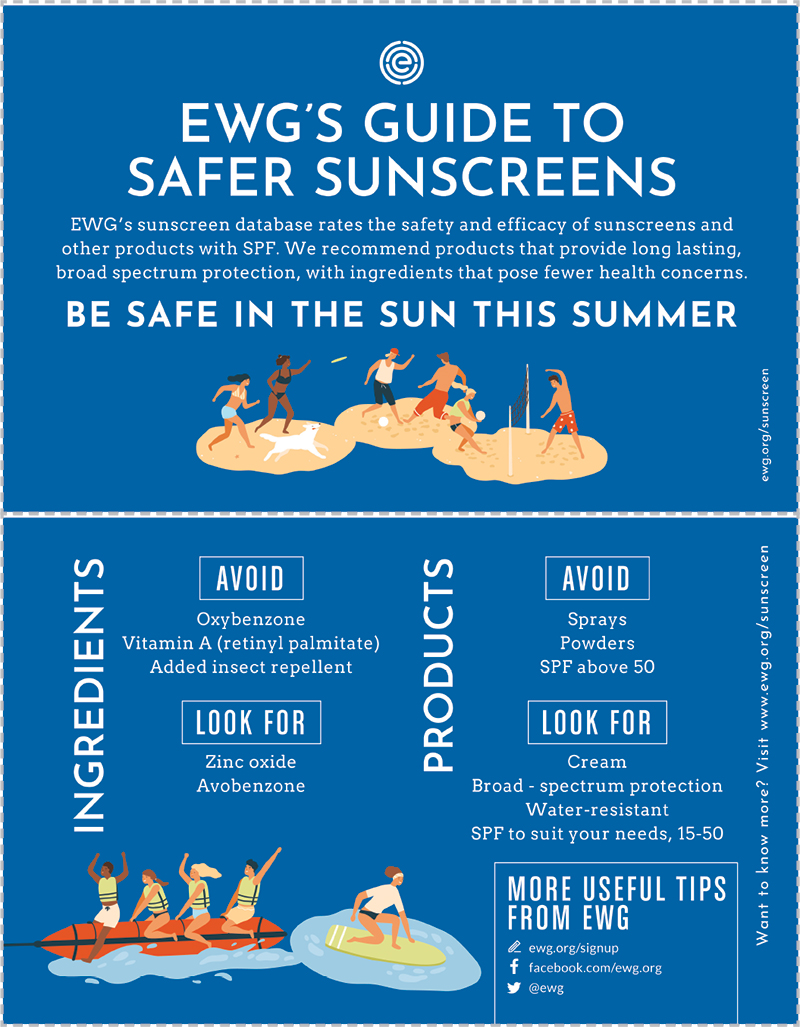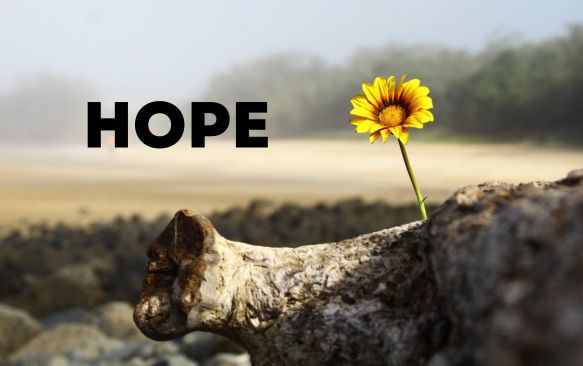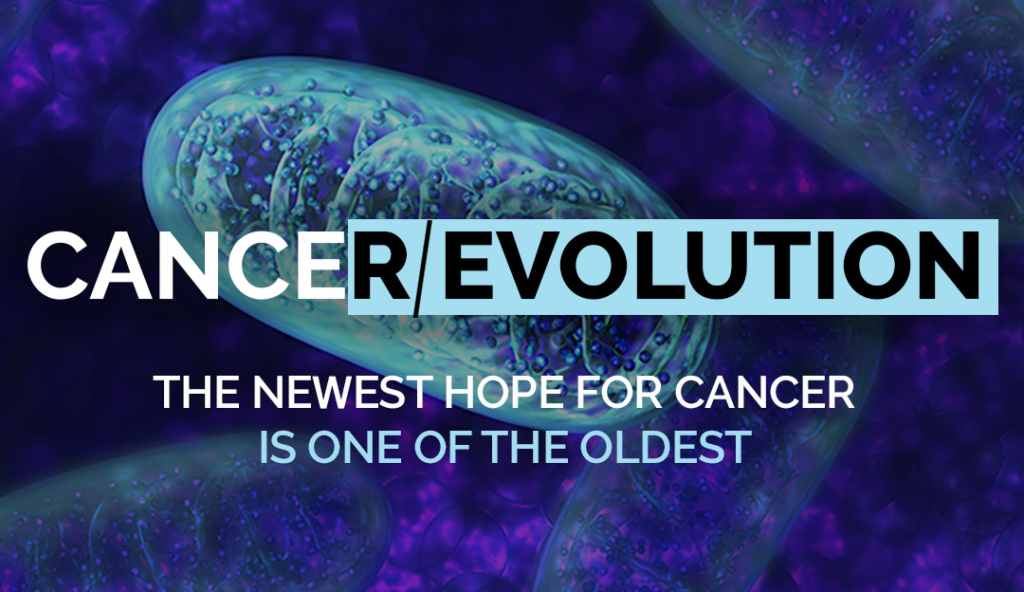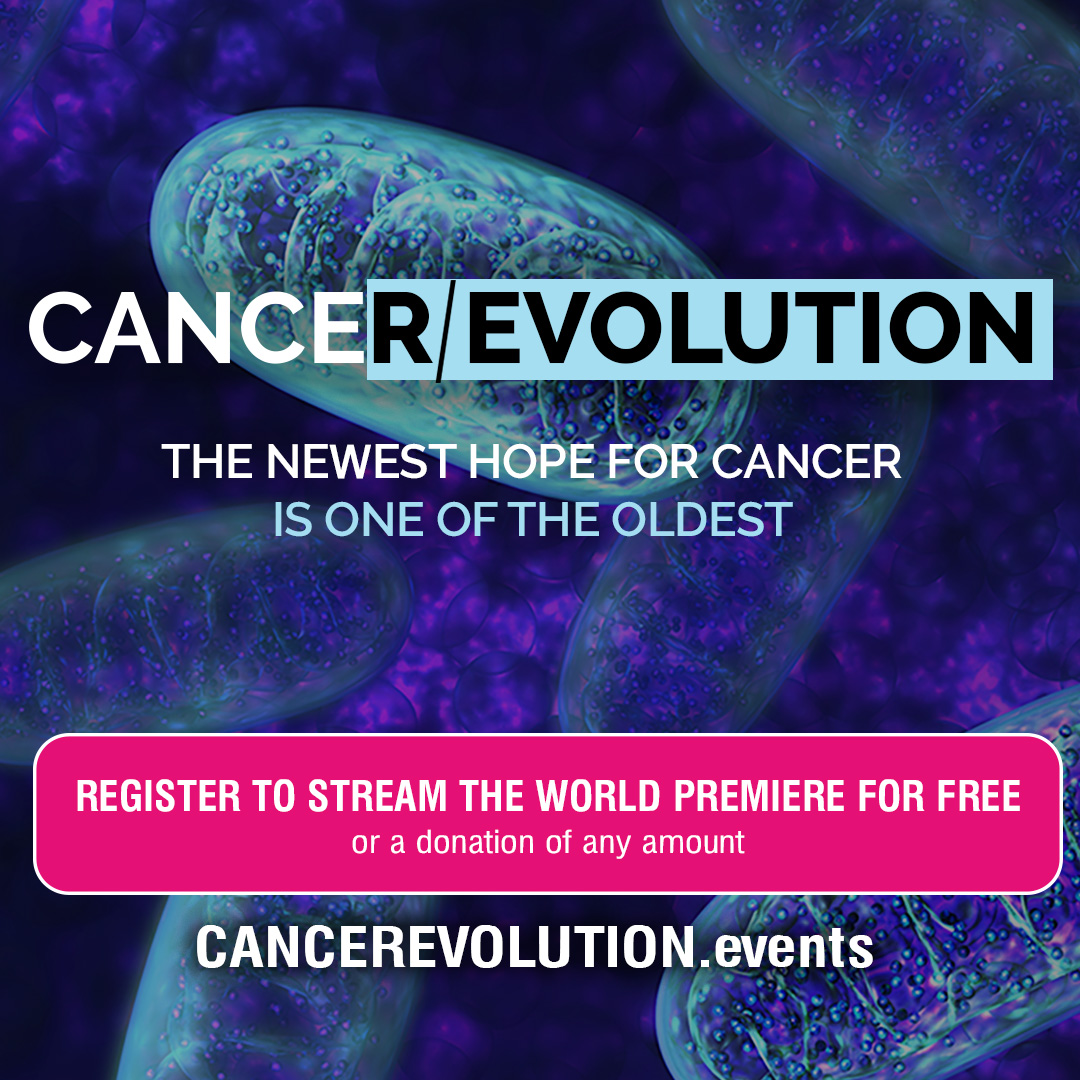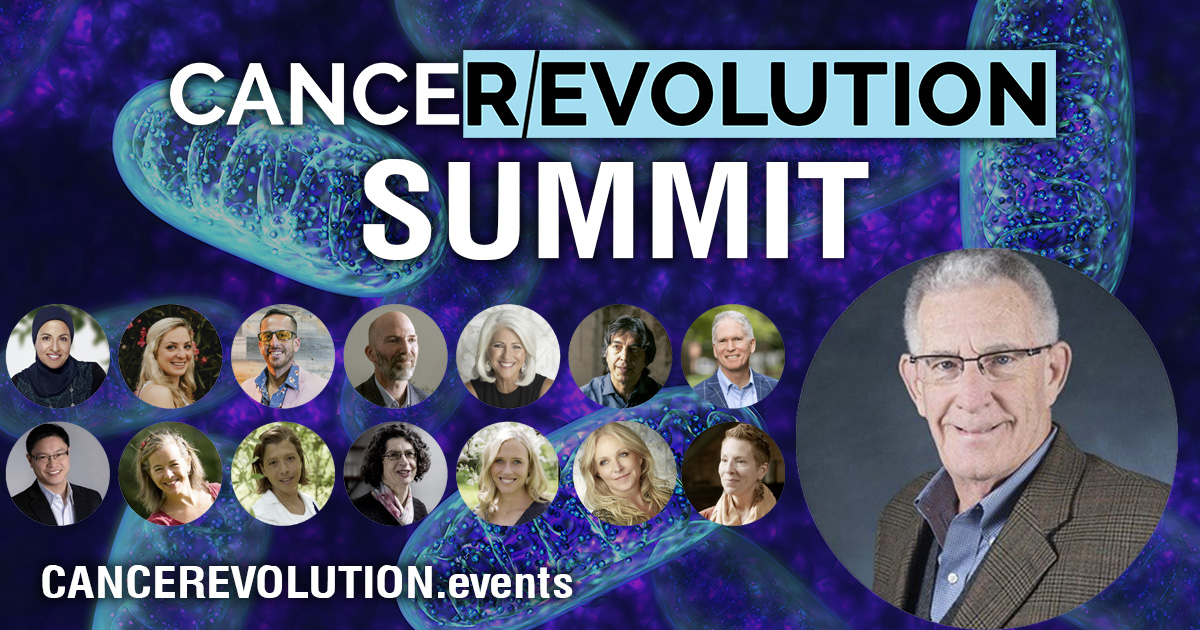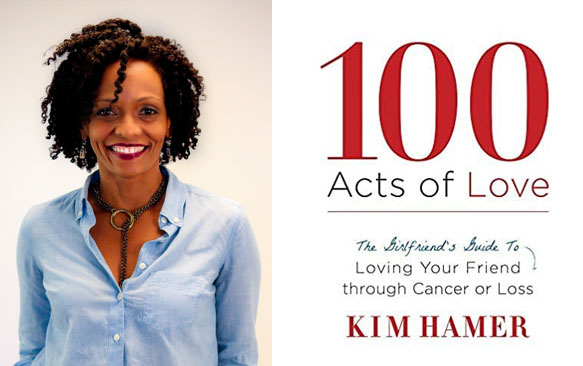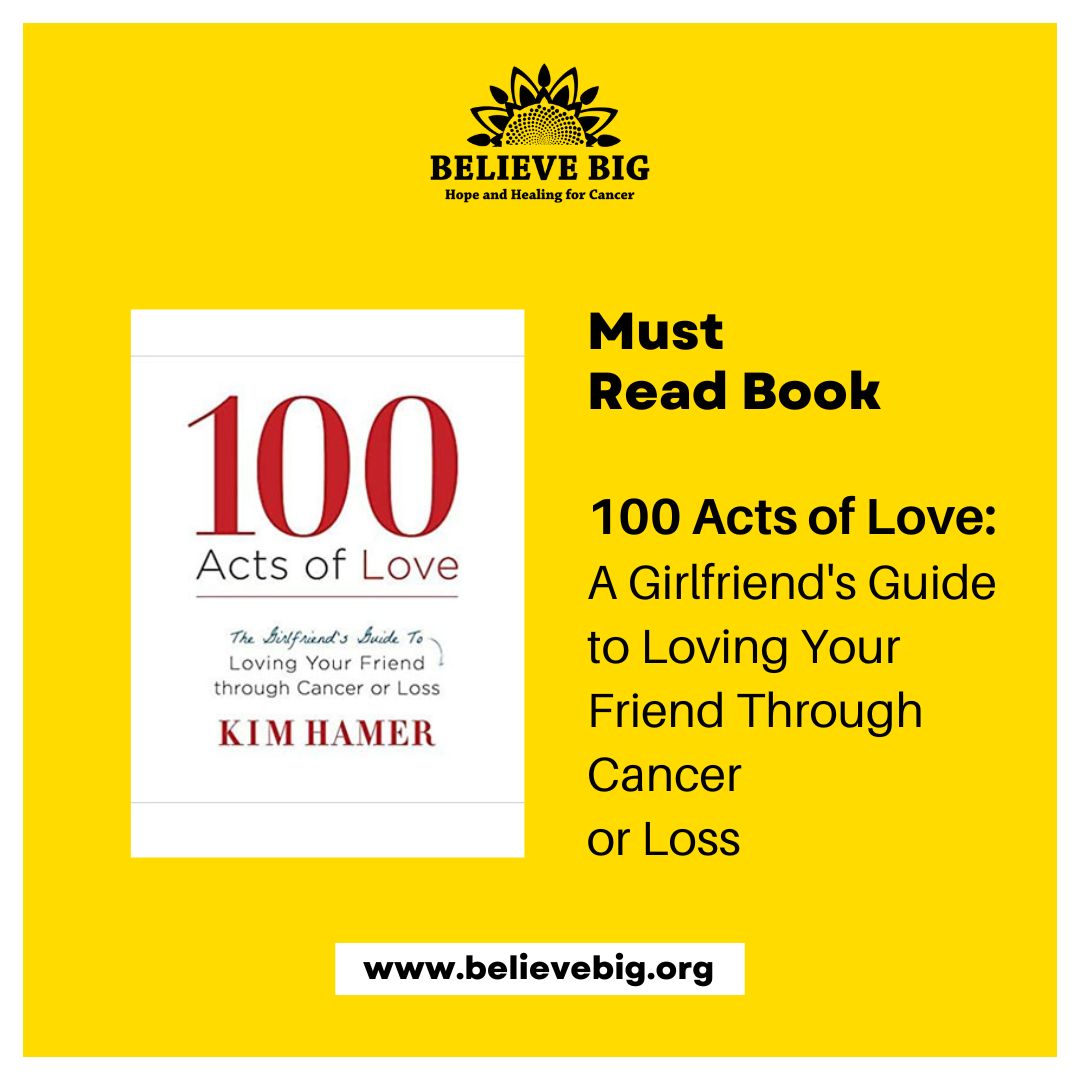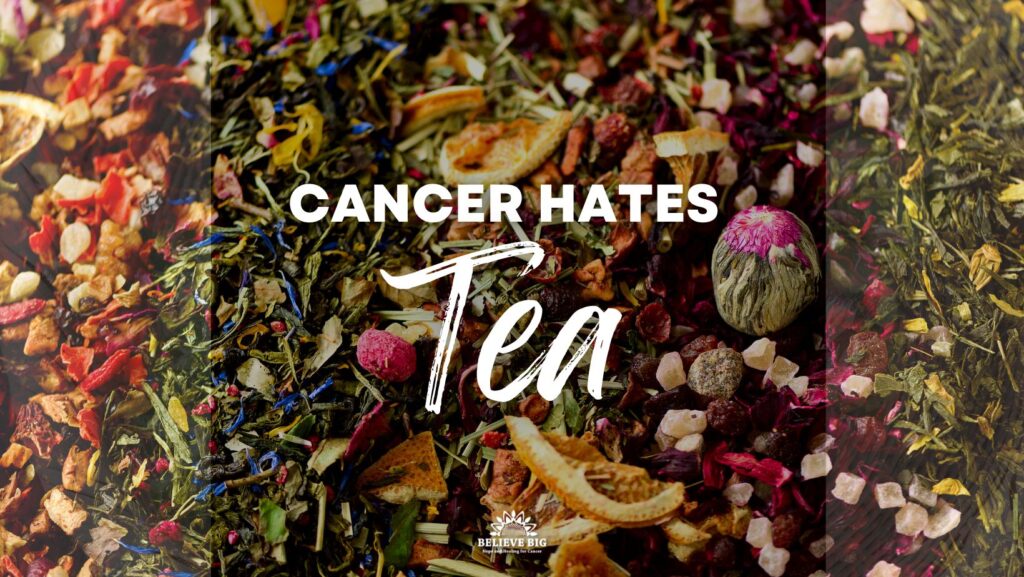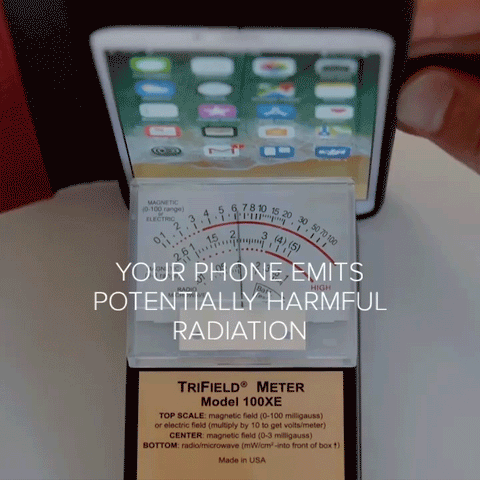Source: https://www.ewg.org/sunscreen/report/the-trouble-with-sunscreen-chemicals/
Sunscreen products are intended to be applied to the body every day, for a lifetime. The companies that make and sell sunscreen ingredients and products should test them thoroughly for potential short-term and long-term health effects. This includes toxicity testing for irritation and skin allergies, as well as testing for skin absorption and the potential to cause cancer, disrupt the hormone system and cause harm during reproduction and development.
In 2021, the Food and Drug Administration, which governs sunscreen safety, proposed its most recent updates to sunscreen regulations. It found that only two ingredients, zinc oxide and titanium dioxide, could be classified as safe and effective, based on the currently available information.
Twelve other ingredients were proposed as not generally recognized as safe and effective due to insufficient data: avobenzone, cinoxate, dioxybenzone, ensulizole, homosalate, meradimate, octinoxate, octisalate, octocrylene, oxybenzone, padimate O, and sulisobenzone.
The FDA has required additional safety data because of health concerns and studies by the agency that show these ingredients can be absorbed through the skin. But in recent years, many studies have also raised concerns about endocrine-disrupting effects of three ingredients: homosalate, avobenzone and oxybenzone.
In 2021 the European Commission published preliminary opinions on the safety of three organic ultraviolet, or UV, filters, oxybenzone, homosalate and octocrylene. It found that two of them are not safe in the amounts at which they’re currently used. It proposed limiting concentration to 2.2 percent for oxybenzone and 1.4 percent for homosalate.
U.S. sunscreen manufacturers are legally allowed to use these two chemicals at concentrations up to 6 and 15 percent, respectively. Hundreds of sunscreens made in the U.S. use them at concentrations far above the European Commission’s recommendations.
The ingredients oxybenzone, octinoxate, octisalate, octocrylene, homosalate and avobenzone are all systemically absorbed into the body after one use, according to the studies published by the FDA. The agency also found they could be detected on the skin and in the blood weeks after they had last been used.
Other studies have reported finding sunscreen ingredients in breast milk,urine and blood plasma samples. And it’s possible for sunscreen users to inhale ingredients in sunscreen sprays and ingest some of the ingredients they apply to their lips, so the ingredients must not be harmful to the lungs or internal organs.
This constant exposure to sunscreen chemicals raises concerns, especially because there is not enough safety data for most ingredients. We have even more concerns about ingredients such as oxybenzone, which many studies have linked to hormone disruption.
Active ingredient toxicity
This table outlines human exposure and hazard information for eight common FDA-approved sunscreen chemicals, often referred to as active ingredients because they provide UV protection. Sunscreen products typically include a combination of active ingredients, except for those formulated with zinc oxide.
| Chemical |
FDA 2019 proposed classification as safe and effective |
Skin penetration |
Hormone disruption |
Skin allergy or other concerns |
| Oxybenzone |
No |
+ |
+ |
+ |
Octinoxate
(Octyl methoxycinnamate) |
No |
+ |
+ |
+ |
| Homosalate |
No |
+ |
+ |
+ |
| Octisalate |
No |
+ |
– |
– |
| Octocrylene |
No |
+ |
– |
+ |
| Avobenzone |
No |
+ |
+ |
+ |
| Titanium dioxide |
Yes |
– |
– |
+ Inhalation concerns |
| Zinc oxide |
Yes |
– |
– |
+ Inhalation concerns |
+ = evidence; – = no or weak evidence
The science on ingredient toxicity
Oxybenzone
The most worrisome sunscreen active ingredient is oxybenzone, according to publicly available scientific research. It is readily absorbed through the skin and the Centers for Disease Control and Prevention found it in nearly all Americans, with higher levels in those who report applying sunscreen. It causes allergic skin reactions , behaves like a hormone disruptor in many studies and may cause more harm to children.
In an evaluation of CDC-collected exposure data for American children, researchers found that adolescent boys with higher oxybenzone measurements had much lower total testosterone levels . Three other studies reported statistically significant associations between oxybenzone exposure during pregnancy and birth outcomes. One reported shorter pregnancy in women carrying male fetuses, two reported higher birth weights for baby boys and one found lower birth weights for baby girls. According to the latest proposed FDA sunscreens monograph, the agency needs further data to determine whether oxybenzone can be considered safe and effective, since:
[the] available literature … indicat[es] that oxybenzone is absorbed through the skin to a greater extent than previously understood and can lead to significant systemic exposure.… The significant systemic availability of oxybenzone … is a concern, among other reasons, because of questions raised in the published literature regarding the potential for endocrine activity.
Four studies published in 2020, after the FDA released its draft proposal, support previous findings that oxybenzone can act as an endocrine disruptor and may increase the risk of breast cancer and endometriosis. In addition, the National Toxicology Program found equivocal evidence of carcinogenicity in rats after observing increases in thyroid tumors and enlargement of the uterus in females with high exposure to oxybenzone.
Investigators at the University of California at Berkeley reported a dramatic drop in teen girls’ exposure to oxybenzone in cosmetics when they switched from their usual products to replacements that did not contain this chemical.
Recently, the European Commission found current human exposure levels to oxybenzone to be unsafe and proposed a concentration restriction of 2.2 percent – lower than the limited amount allowed in U.S. sunscreens, which is up to 6 percent. Several countries ban the sale of sunscreens that contain this ingredient, because it may harm aquatic life.
EWG recommends consumers avoid sunscreens with oxybenzone.
Octinoxate, or octyl methoxycinnamate
Octinoxate is an organic UV filter. It is readily absorbed into the skin and continues to be absorbed after the sunscreen has been applied. It has been found in blood samples 16 times above the proposed FDA safety threshold.
Animal studies have shown the chemical has hormone effects on the metabolic system and affects thyroid hormone production, with some evidence for other endocrine targets, including androgen and progesterone signaling. Octinoxate can also cause allergic reactions after the person who has applied it is exposed to ultraviolet light.
Several countries ban the sale of sunscreens made with octinoxate, because they may harm aquatic life.
Homosalate
Homosalate is an organic UV filter widely used in U.S. sunscreens. The FDA has proposed that there is insufficient data to evaluate whether it is safe and effective to use in sunscreens. Homosalate has been found to penetrate the skin, disrupt hormones and produce toxic breakdown byproducts over time .
A recent opinion from the European Commission found that homosalate was not safe to use at concentrations up to 10 percent and recommended a maximum concentration of 1.4 percent, because of concerns for potential hormone disruption. The FDA allows U.S. sunscreen manufacturers to use it in concentrations up to 15 percent.
Octisalate
Octisalate, an organic UV filter, readily absorbs through the skin at levels 10 times more than 0.5 nanograms per milliliter, the FDA’s cutoff for systemic exposure. This cutoff is the maximum concentration that may be found in blood before there are potential safety concerns. The FDA has requested additional safety tests when a sunscreen is absorbed above this level.
The FDA 2019 proposed update suggests there is insufficient data to determine whether octisalate can be classified as safe and effective to use in sunscreens. A case report showed that the chemical has been linked to allergic contact dermatitis. Analysis by the Environmental Protection Agency suggests octisalate may have endocrine effects, weakly binding to the estrogen receptor.
Octocrylene
Octocrylene readily absorbs through the skin at levels about 14 times the FDA cutoff for systemic exposure. But the agency suggested there is not enough data to determine whether it can be classified as safe and effective.
Octocrylene has been linked to aquatic toxicity, with the potential to harm coral health. It is often contaminated with benzophenone, which is known to cause cancer. According to one study, benzophenones levels can increase in products over time. The European Commission recently concluded that although there was some evidence of octocrylene’s hormone-disrupting potential, current use concentrations up to 10 percent were considered safe.
Avobenzone
Avobenzone is a widely used organic filter that provides protection from UVA rays and is often used with other organic active ingredients in products offering broad spectrum protection.
Because avobenzone is not stable, it must be paired with other ingredients that act as stabilizers to prevent it from breaking down in the sun. Breakdown products of avobenzone have been shown to cause allergic reactions. Avobenzone can disrupt the endocrine system and has been shown to block the effects of testosterone in cellular studies.
In one study, avobenzone was detected on average in samples at levels nine times above the FDA’s cutoff for systemic exposure.
Titanium dioxide and zinc oxide
Mineral sunscreens are made with titanium dioxide and zinc oxide, usually in the form of nanoparticles. The FDA proposed that both titanium dioxide and zinc oxide be classified as safe and effective. Evidence suggests that few, if any, zinc or titanium particles penetrate the skin to reach living tissues.
Because of the potential of exposure through inhalation, the International Agency for Research on Cancer has classified titanium dioxide as possibly causing cancer in humans. For this reason, powdered or spray formulations containing titanium dioxide are a concern. Zinc oxide is also a cause for inhalation concerns when used in spray and powder products
In general, mineral sunscreens tend to rate better than chemical sunscreens in the EWG sunscreen database. But to reduce its response to sunlight, manufacturers use forms of minerals coated with inert chemicals. To lower the risks to sunscreen users and maximize these products’ sun protection, EWG supports stronger guidelines and restrictions on the types of zinc and titanium used in sunscreens, including nanoparticles, which we have analyzed in detail.
Other active ingredients
Mexoryl SX, an uncommon active ingredient in U.S. sunscreen, offers strong UVA protection. The FDA’s analysis showed there wasn’t enough data to classify the ingredient as safe and effective. Public research provides no evidence of hormone disruption and rare incidence of skin allergy.
Aminobenzoic acid, or PABA, and trolamine salicylate are active ingredients that are no longer commonly used in U.S. sunscreens. The FDA’s 2019 proposal concluded that the risks of these chemicals outweigh their benefits and proposed classifying them as unsafe.
Inactive ingredients
The FDA should look closely at the so-called inactive ingredients in sunscreens, which typically make up half to 70 percent of a sunscreen. EWG recommends the FDA launch a thorough investigation of the safety of all sunscreen ingredients to ensure none of them damages skin or harms health in other ways.





